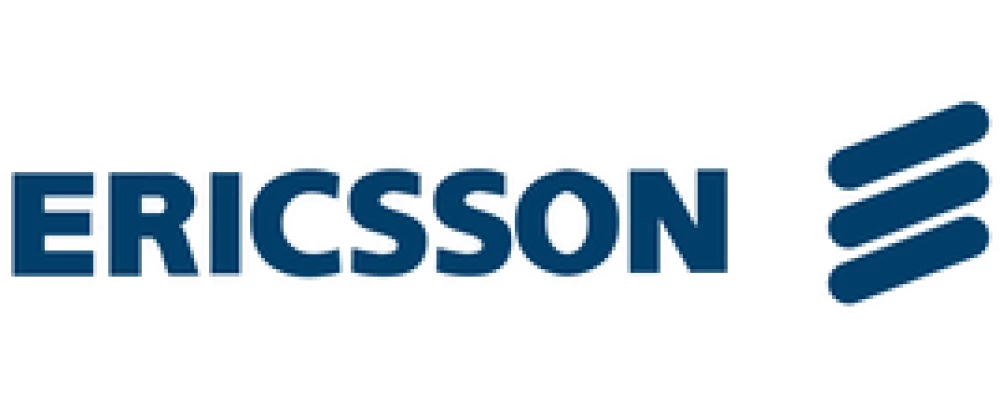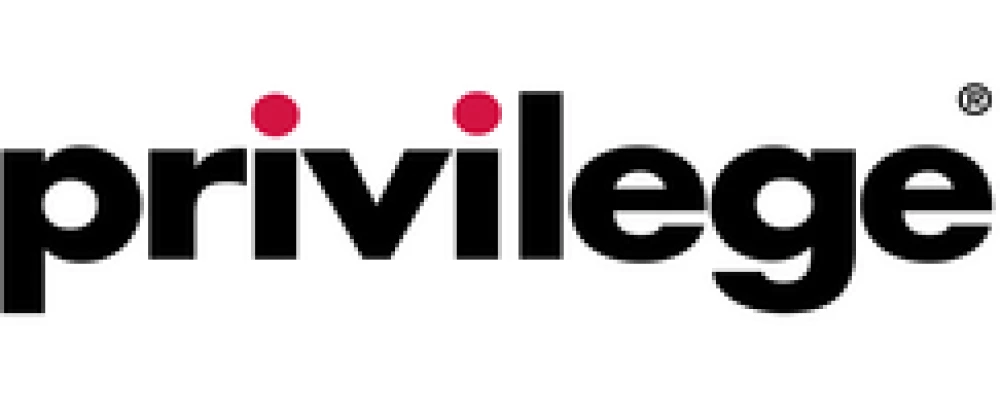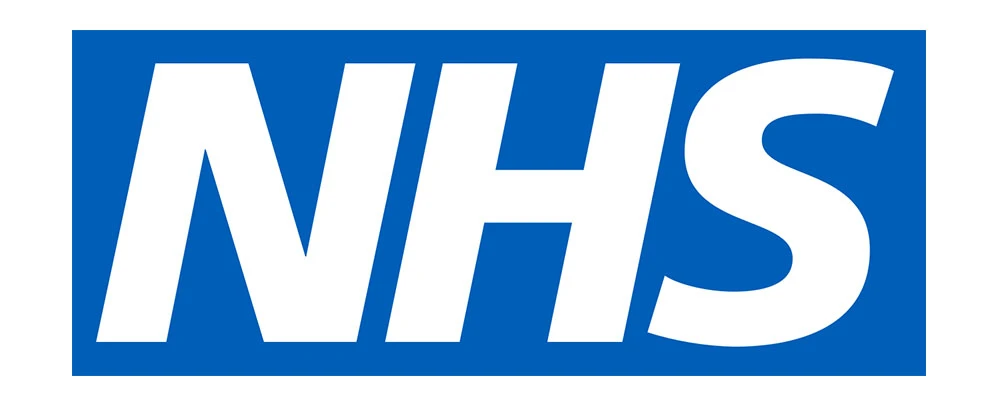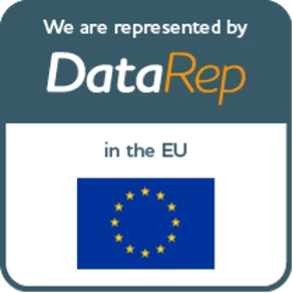The Value Proposition Canvas
As we noted in an earlier article covering new product development, some 95% of new products across all categories are destined to fail. More often than not, this is because they fail to meet the customer’s needs.
The Value Proposition Canvas was originally created by Dr Alexander Osterwalder, in order to maximise the chances of new product development success by ensuring that the value proposition that is created is based on total alignment between the physical and emotional needs of the customer and the features and benefits of the brand’s products and services. It is this alignment that enables the organisation to sell solutions, rather than simply products.
As Charles Revson, the founder of Revlon, said;
In the factory we make products, in the drugstore we sell hope.
The Value Proposition Canvas can be applied to existing products, to see if they need modifying, but is especially useful when developing new products.
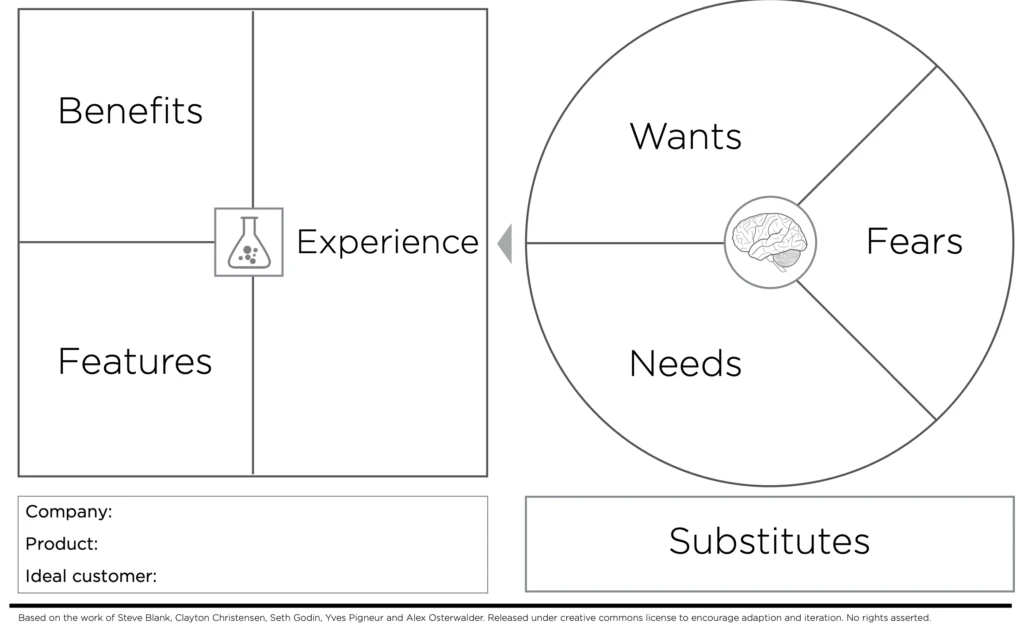
The Value Proposition Canvas is made up of two main elements: the Customer Profile and the Value Map. Each element is divided into three parts.
The Customer Profile
To enable this part of the Canvas to be completed, the proposed target audience must already be defined. If this is not the case then qualitative and / or quantitative research can be conducted, to identify the relevant segment(s), their objectives, desires and barriers in relation to the value proposition area that is being developed.
There are 3 parts to the Customer Profile which then need to be completed:
- Customer Jobs or Goals. (‘Jobs’ was the term used by Dr Osterwalder.) These reflect things the customer ‘needs’ to accomplish in their work or life – like cleaning the house or car. Or they can be aspirational – like owning a piece of art.
- Gains. The outcomes and benefits the customer desires
- Pains. The problems, barriers and negative feelings that customers experience either before, during or after they try to get the job done.
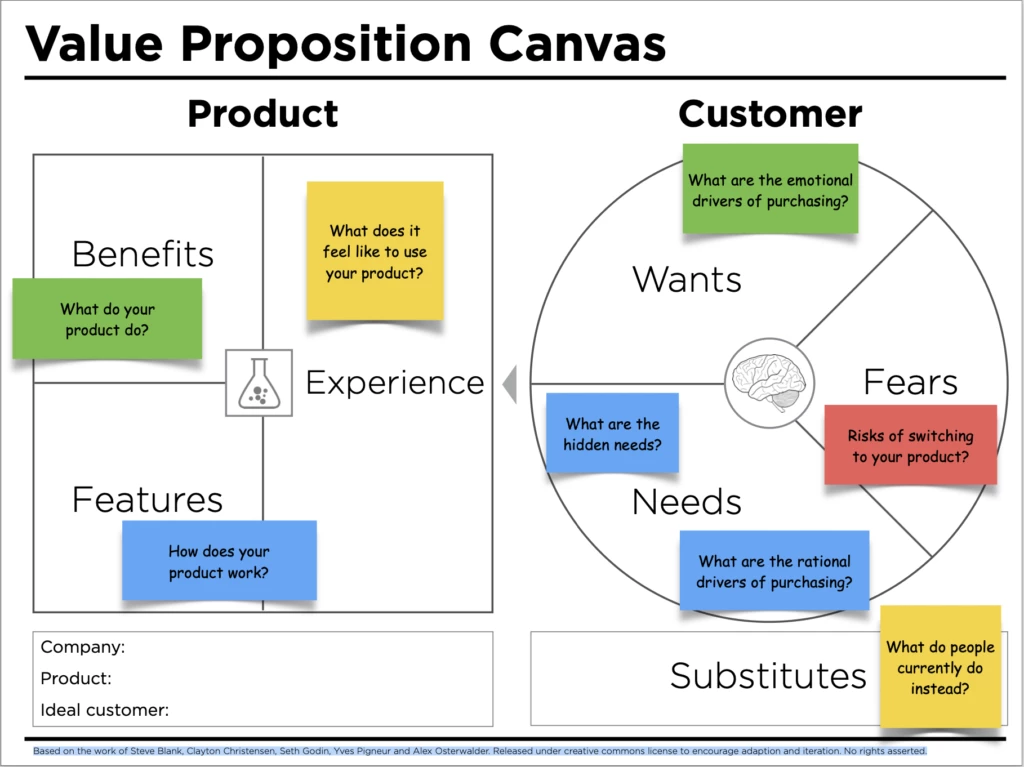
As an example of how the three relate to each other, a customer may have a need/desire to keep their house clean (the job or goal). However, the work involved to achieve this is perceived as boring (a pain). The gaincould come about through something that makes cleaning less boring, or easier or faster to accomplish.
Care is needed when assessing each of the three areas. It is all too easy to make assumptions about what customers are seeking to achieve, and what the real gain and pain points are.
The use of assumptions can be avoided by commissioning qualitative market research to identify exactly what customers think and feel, as well as the level of priority they ascribe to each different job, pain and gain.
The answers won’t be the same for everybody, but the market research agency will also make clear which attitudes are shared by which customers, enabling meaningful customer segments to be created.
The Value Map
The Value Map is also made up of three parts:
- Products and services; The physical products and / or services you provide that will deliver the Gains and relieve the Pains for the customer. These can be physical or digital in nature. This list should also include the support services that you make available in support of your products e.g. phone-based customer service or online chat facility.
- Pain relievers; The specific aspects of the products or services that remove or lessen the customer’s pains. When you undertake this exercise, you will quickly identify the pain relievers that your products and services don’t currently provide.
- Gain creators; The product or service feature(s) that are really responsible for delivering the outcomes and benefits the customer needs or wants. As above, the Gain Creators you identify can also relate to features and benefits that you don’t currently provide.
Once Gain Creators and Pain Relievers have been identified, each point identified can be ranked from nice-to-have to essential in terms of value to the customer. A fit is achieved when the products and services offered as part of the value proposition address the most significant pains and gains from the customer profile – in other words, they are benefit-led rather than feature-led.
Identifying the value proposition on paper is only the first stage. It is then necessary to validate what is important to customers and get their feedback on the value proposition through further market research. These insights can then be used to refine the proposition further.
Why the Value Proposition Canvas is so useful
The Value Proposition Canvas forces product developers to be customer-centric. What do customers really want to achieve? What would help them to achieve it? What gets in the way of them achieving it?
Everything else is irrelevant. If the product doesn’t deliver gains or relieve pains, there’s nothing for the customer to gain by using it.
Take the house cleaning example again. Let’s say a manufacturer introduces a cleaning product with a new scent. If its scent is its only differentiator, success will depend not only on whether scent is an important factor for the customer, but also its importance relative to other factors.
This is exactly the sort of information the Value Proposition Canvas, if used correctly, will reveal. Products can then be developed to hit the specific gain and pain points that really matter, and marketing messages can be created that customers really relate to.
The key to the effectiveness of the Value Proposition Canvas is the accuracy of the information entered. Assumptions and best guesses about what customers really feel will lead to false conclusions being drawn. Objective, in-depth research is essential.
Brandspeak
If you would like more information on Osterwalder’s Value Proposition Canvas, or the other ways in which market research can be used to create customer-centric value propositions, please contact Brandspeak on +44 (0)203 878 0052 or enquiries@brandspeak.co.uk






